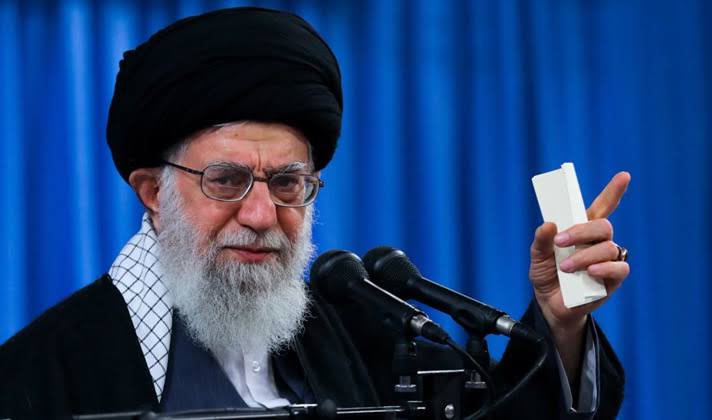Khamenei Names Successors Amid Assassination Fears, Excludes Son
Amid heightened fears of assassination, Iran’s Supreme Leader Ayatollah Ali Khamenei has reportedly selected three senior clerics as potential successors—deliberately excluding his influential son, Mojtaba Khamenei, from the shortlist.
According to The New York Times, the 86-year-old leader, now operating from a secure underground bunker, made the decision following a series of Israeli airstrikes that have killed several top Iranian and Hezbollah figures.
Quoting senior Iranian officials, the report said Khamenei acted swiftly in response to the increasing threat of targeted assassinations allegedly orchestrated by Israel.
While the identities of the chosen clerics remain undisclosed, they are described as loyal hardliners trusted by the regime’s inner circle. “Khamenei has nominated three clerics as potential successors while hiding in a bunker… Mojtaba is not among them,” The New York Times reported, citing confidential sources close to Tehran’s leadership.
This development challenges long-standing assumptions that Mojtaba Khamenei was being groomed for a dynastic succession. Observers view the move as a strategic shift by Khamenei to secure ideological continuity while avoiding accusations of nepotism.
The Jerusalem Post added that Khamenei has also reshuffled military leadership in anticipation of further Israeli strikes that could claim more senior aides.
Traditionally, Iran’s 88-member Assembly of Experts is constitutionally tasked with selecting the next Supreme Leader. However, Khamenei’s proactive steps appear designed to influence that process and cement hardline control over the transition.
Analysts say the choice to name three potential successors—rather than endorsing a single candidate—reflects both the urgency of the situation and an underlying lack of consensus among Iran’s ruling elite.
The latest Israeli strikes, particularly one on June 13 that allegedly killed several top military officials and nuclear scientists, have deeply rattled Iran’s leadership. Reports also claim Islamic Revolutionary Guard Corps (IRGC) commanders Hossein Salami and Gholam Ali Rashid were among those killed.
A senior Middle Eastern intelligence official told The New York Times: “Khamenei’s action signals a regime that sees the risk of decapitation as real. This is succession planning under fire, not in theory.”
The exclusion of Mojtaba Khamenei, long viewed as a likely heir, marks a definitive break from any planned hereditary transition. Instead, the three unnamed clerics are said to represent continuity of the regime’s hardline ideology rather than any potential reformist shift.
Although the Assembly of Experts retains the legal authority to appoint the next Supreme Leader, Khamenei’s influence is likely to shape the outcome—especially if his death occurs while the nation remains on high alert.
As conflict with Israel escalates, Iran’s leadership appears increasingly focused on securing a post-Khamenei future under extreme external pressure.



[…] inspection exercise was led by the Commissioner for Policy, Research, Statistics, Information and Library Services (PRSILS), Prof. Abubakar Yagawal, according to a statement issued on Saturday […]